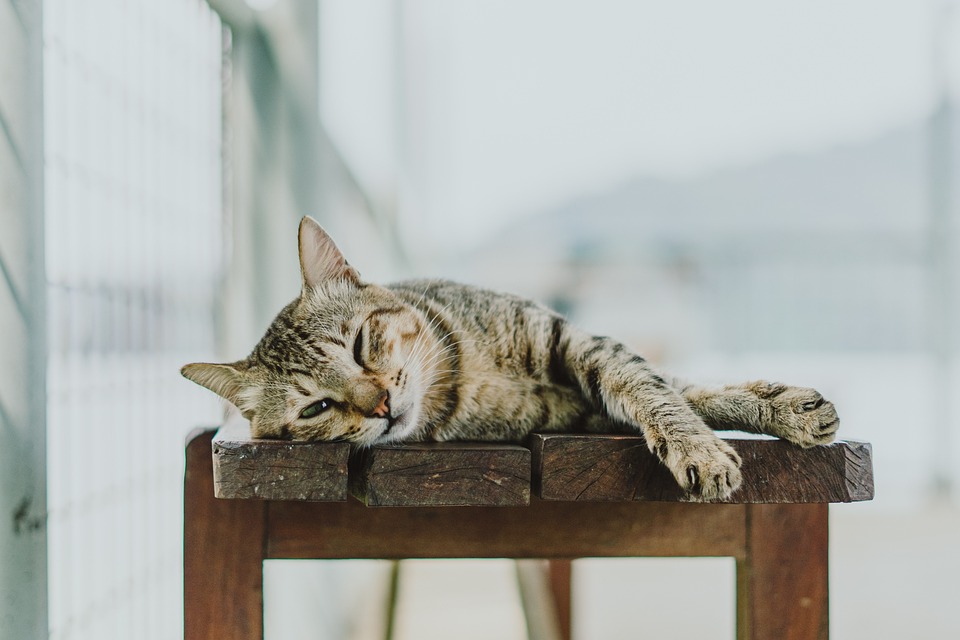
Introduction
Allergies in cats, particularly food sensitivities, are a common concern for pet owners. Understanding how to identify and manage these sensitivities is crucial for maintaining your cat’s health and well-being. Whether you are a new cat owner or have years of experience, learning about food allergies and how to handle them can make a significant difference in your cat’s quality of life.
Understanding Food Allergies in Cats
What Are Food Allergies?
Food allergies in cats occur when their immune system mistakenly identifies a particular food ingredient as harmful, triggering an allergic reaction. Unlike intolerances, which primarily affect the digestive system, allergies can trigger a range of symptoms affecting different body systems.
Common Allergens
Cats can be allergic to a variety of ingredients found in commercial cat foods. Common allergens include:
- Beef
- Chicken
- Fish
- Dairy products
- Grains like wheat and corn
It’s important to note that any protein source can potentially become an allergen.
Identifying Food Allergies
Symptoms of Food Allergies
Recognizing the symptoms of food allergies is the first step toward managing them. Symptoms may include:
- Itchy skin, often leading to excessive scratching or grooming
- Red, inflamed skin or ears
- Hair loss
- Gastrointestinal issues such as vomiting or diarrhea
- Respiratory problems like sneezing or coughing
If you notice these symptoms in your cat, it’s important to consult a veterinarian for an accurate diagnosis.
Diagnosis of Food Allergies
Diagnosing food allergies in cats can be challenging. Veterinarians often use an elimination diet to identify the offending allergen. This process involves feeding your cat a novel protein diet, consisting of proteins they have never consumed before, for several weeks to monitor for improvements in symptoms.
Managing Food Sensitivities
Creating a Hypoallergenic Diet
Once an allergen is identified, the primary management strategy is to eliminate it from your cat’s diet. Hypoallergenic diets, which are free from common allergens, are widely available. These diets often use novel proteins or hydrolyzed proteins, which are broken down into smaller components that are less likely to trigger an allergic response.
Home-Cooked Diets
Some cat owners choose to prepare home-cooked meals for their cats to have complete control over ingredients. If you opt for this route, it’s vital to consult with a veterinarian or a pet nutritionist to ensure the diet is nutritionally balanced.
Monitoring and Adjustments
After implementing a new diet, closely monitor your cat for any changes in symptoms. It can take several weeks for symptoms to improve completely. Regular follow-ups with your veterinarian are crucial to assess the effectiveness of the diet and make any necessary adjustments.
Preventing Future Allergic Reactions
Preventing future allergic reactions involves careful management of your cat’s diet and environment. Here are some tips:
- Read food labels carefully to avoid known allergens.
- Introduce new foods gradually to monitor for any allergic reactions.
- Keep track of any changes in your cat’s symptoms to catch potential allergens early.
Practical Advice for Cat Owners
Working with Your Veterinarian
Your veterinarian is an invaluable resource in managing your cat’s food allergies. Regular check-ups and open communication about any changes in your cat’s health are essential.
Feeding Tips
Here are some practical feeding tips for managing food sensitivities:
- Stick to the prescribed diet and avoid giving treats or table scraps.
- Use stainless steel or ceramic bowls to avoid contamination from plastic bowls.
- Ensure fresh water is always available.
Environmental Considerations
While food is a common source of allergens, environmental factors can also play a role. Consider the following:
- Keep your home clean and free of dust mites and mold.
- Avoid using scented cleaning products or air fresheners.
- Provide a stress-free environment, as stress can exacerbate allergic reactions.
Conclusion
Managing food allergies in cats requires vigilance and patience. By understanding the symptoms and working closely with your veterinarian, you can identify and manage your cat’s food sensitivities effectively. With the right approach, you can ensure your cat enjoys a healthy, comfortable life. Remember, each cat is unique, and what works for one may not work for another, so it’s important to tailor your approach to your cat’s specific needs.
#ChatGPT assisted in the creation of this article.








